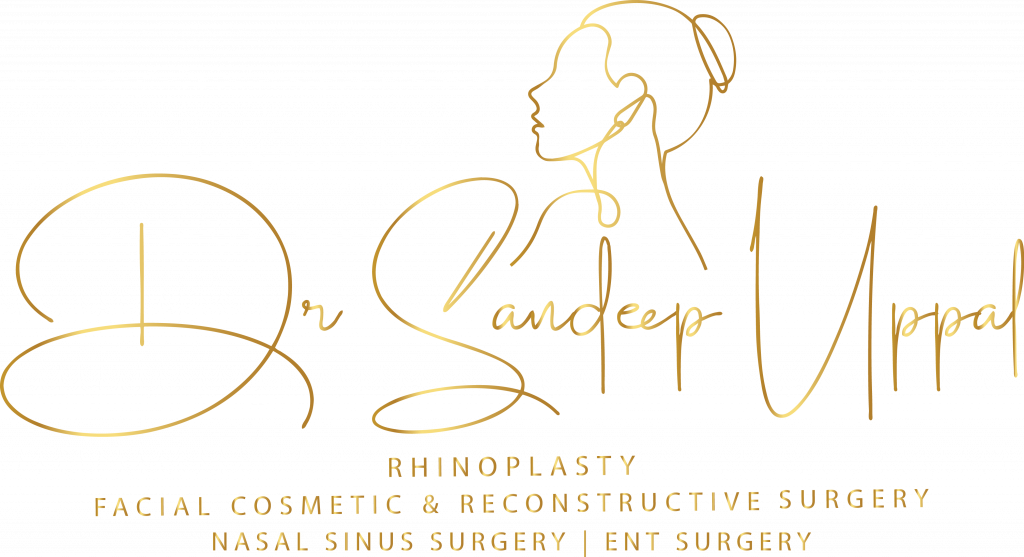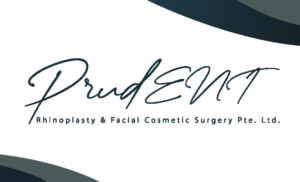THE ULTIMATE GUIDE TO SKIN MASKS: TYPES,USES, AND INDICATIONS
Skin masks have been a staple in skincare routines for centuries, offering various benefits for different skin concerns. With numerous types of masks available today, knowing which one is right for your skin can be a game-changer. This guide explores the different types of skin masks, their uses, and when to include them in your skincare regimen.
1. CLAY MASKS
Best for: Oily and acne-prone skin.
Key Ingredients: Kaolin, bentonite, and French green clay.
Uses and Benefits: Clay masks are excellent for drawing out impurities, excess oil, and toxins from the skin. They deeply cleanse and purify pores, reducing the occurrence of breakouts. Over time, they help regulate sebum production, leading to less oily skin.
Indications:
- Excessive oil production.
- Acne-prone skin.
- Enlarged pores.
- Congested skin.
2. SHEET MASKS
Best for: All skin types, especially dry and dull skin.
Key Ingredients: Hyaluronic acid, glycerin, vitamins, and various plant extracts.
Uses and Benefits: Sheet masks are fabric or paper-based masks soaked in a serum packed with hydrating and nourishing ingredients. They are designed to infuse the skin with moisture and active ingredients, leaving it plump and radiant. Sheetmasks provide a quick boost of hydration and are perfect for when your skin needs an instant pick-me-up.
Indications:
- Dehydrated or dry skin.
- Dull complexion.
- Fine lines and early signs of aging.
- Irritated or sensitive skin.
3. EXFOLIATING MASKS
Best for: Dull, uneven, or textured skin.
Key Ingredients: Alpha hydroxy acids (AHAs), beta hydroxy acids (BHAs), enzymes (papaya, pumpkin), and scrubbing particles.
Uses and Benefits: Exfoliating masks are designed to remove dead skin cells, promoting smoother, brighter, and more even-toned skin. They help minimize dark spots, rough texture, and clogged pores. AHAs and BHAs work to gently dissolve dead skin, while enzymes offer a more gentle exfoliation for sensitive skin types.
Indications:
- Dull or uneven skin tone.
- Rough texture.
- Hyperpigmentation and dark spots.
- Clogged pores.
4. GEL MASKS
Best for: Sensitive, dehydrated, or irritated skin.
Key Ingredients: Aloe vera, cucumber extract, hyaluronic acid, and green tea extract.
Uses and Benefits: Gel masks provide a soothing and cooling effect, making them ideal for calming inflammation, irritation, and redness. These masks are lightweight and non-greasy, delivering hydration without clogging pores. They’re also great after sun exposure to cool and calm the skin.
Indications:
- Sunburn or irritated skin.
- Redness and inflammation.
- Sensitive or reactive skin.
- Dryness or dehydration.
5. CHARCOAL MASKS
Best for: Combination to oily skin.
Key Ingredients: Activated charcoal, clay, and salicylic acid.
Uses and Benefits: Charcoal masks are known for their detoxifying properties. Activated charcoal works like a magnet to attract and remove impurities, toxins, and excess oil from the skin. These masks are great for deep-cleansing pores, making them ago-to for those with blackheads and congested skin.
Indications:
- Acne and blackheads.
- Congested pores.
- Oily T-zone (forehead, nose, and chin).
- Pollution-exposed skin.
6. CREAM MASKS
Best for: Dry or mature skin.
Key Ingredients: Shea butter, ceramides, peptides, and essential oils.
Uses and Benefits: Cream masks are rich and nourishing, making them ideal for dry and aging skin. They provide deep hydration and help repair the skin barrier. These masks are also formulated with anti-aging ingredients like peptides and ceramides to firm the skin, reduce the appearance of fine lines, and restore elasticity.
Indications:
- Dry, flaky skin.
- Mature skin showing signs of aging.
- Loss of firmness.
- Fine lines and wrinkles.
7. PEEL-OFF MASKS
Best for: Oily, combination, and acne-prone skin.
Key Ingredients: Fruit extracts, vitamins, and activated charcoal.
Uses and Benefits: Peel-off masks are known for their ability to remove dead skin cells, dirt, and blackheads by physically lifting impurities offthe skin when peeled away. They leave skin smoother and clearer, and some also contain brightening ingredients to improve skin tone.
Indications:
- Blackheads and whiteheads.
- Dull complexion.
- Uneven skin texture.
- Enlarged pores.
8. SLEEPING MASKS
Best for: Dry and tired skin.
Key Ingredients: Hyaluronic acid, peptides, and antioxidants.
Uses and Benefits: Sleeping masks are designed to be left on the skin overnight, delivering long-lasting hydration and nourishment. These masks help repair the skin’s barrier while you sleep, ensuring you wake up with refreshed, hydrated, and glowing skin.
Indications:
- Dehydration and dryness.
- Dull or tired complexion.
- Loss of skin elasticit.
- Fine lines.
CHOOSING THE RIGHT MASK FOR YOUR SKIN
Each type of mask offers unique benefits tailored to specific skin concerns. When selecting a skin mask, consider your skin type and current concerns. Whether you need hydration, exfoliation, or a deep detox, incorporating the right mask into your skincare routine can enhance the health and appearance of your skin.Remember, consistency is key! For the best results, se skin masks regularly and complement them with a complete skincare regimen.


